Well Aging Beef in Refrigerator Should It Have an Odor
Introduction: Aging Beef
Maybe you've seen some very expensive steaks in a restaurant and wondered what all the fuss was about. Aged beef is, as the name suggests, the process of letting meat age for a period of time to increase its flavor and tenderness. Aging beef isn't just the realm of high-end steak houses, you can easily age beef at home and I am going to show you how.
Here's what you'll need for this class:
Tools:
- 8-12" Kitchen knife
- Knife steel
- Large cutting board
- Stainless steel kitchen tongs
- Mini refrigerator
- Desktop fan
- Large glass dish
- Kitchen tea towels
- Salt (Kosher is best but sea salt is great, too!)
- Instant-read thermometer
- Probe-style thermometer
- White vinegar
What's The Beef With Aging?
This is a carefully controlled process where the meat is left for up to five weeks in a refrigerated setting to allow natural enzymes to break down the tougher muscle fibers and connective tissues, making the meat much more tender. Enzymes are also responsible for changing the flavor of the beef to be much more complex, deepening the beefy flavor and adding in new notes not present in fresh cuts of beef.
Why Is It So Expensive?
Dry aged beef is expensive because it has been carefully maintained in a temperature controlled environment for over a month, and because the meat loses moisture (weight) the the price per pound increases. This is in addition to the unique flavor that dry aging produces. All things combined, you've got a steak experience that's worth the price tag.
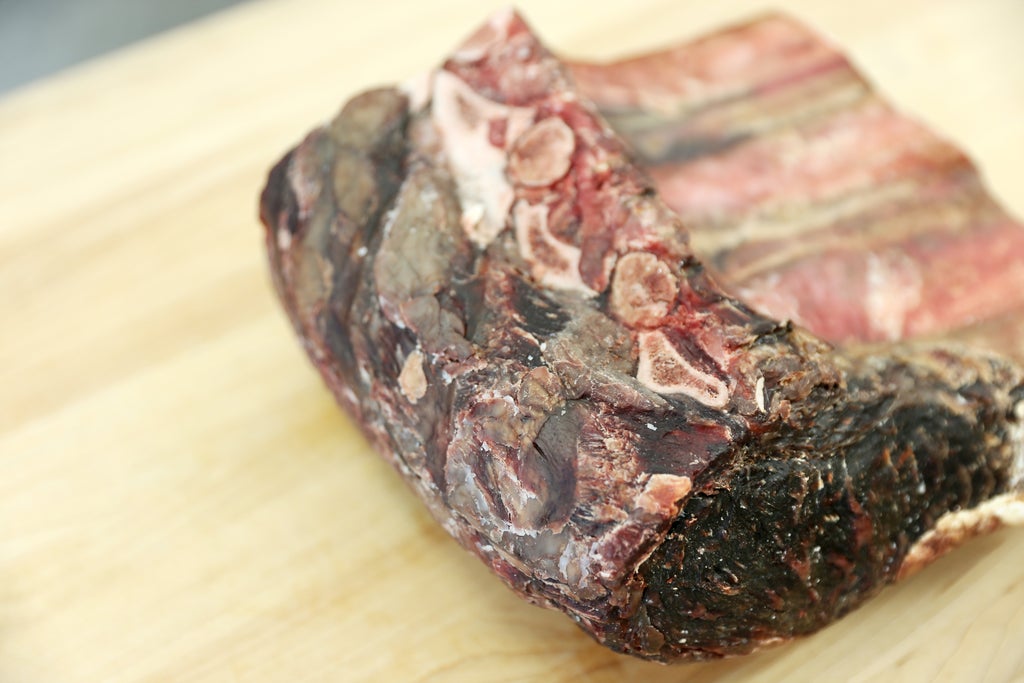
Wet vs Dry Aging
You may have heard the terms wet aging and dry aging when referring to meat. To understand the difference we need to take a look atboth processes.
Wet aging is when beef is placed in a sealed bag and left to sit in the fridge for a period of time, the assumption is that during this time the meat will stew in its own juices (or a brine if you add salt) transform into a more flavorful steak.
Dry aging is when the meat is exposed to air, oxidizing the fat and meat through enzymatic reactions. There is a large amount of moisture loss with dry aging, and the exterior sections of the beef will need to be trimmed.
Which Is Better?
In my opinion, wet aging isn't actually aging the beef at all. Covering the beef inhibits oxidation, which is what assists in the aerobic biochemical process. True aging involves exposing the meat to air, which is what gives aged beef a flavor that no other method can produce.
It's true both styles will increase the tenderness of the beef, but only dry aging will produce the flavor profile that makes aged steaks the holy grail of beef connoisseurs. In this lesson I will only be discussing dry aging beef. There's no art in wet aging; stick meat in bag and call it a day - for those up for a challenge, read on!
Can Any Cuts Be Aged?
Probably, but the best cuts to age are from the rib or short loin. Export rib, prime rib, beef ribs, ribeye roast, standing ribs, and a host of other names are applied to the large cut of beef cut from the upper rib section of the steer, which is one of the primal cuts - of which we discussed Cuts Of Meat lesson. For this lesson I am using a rib cut.

source - wikipedia
In this lesson I used 8 lbs. of prime rib, which is the smallest size you'd want to consider. You can go larger if you wish. To get the most out of your dry aging you'll want a cut that has the fat cap still on, and the bone if possible. This will allow you the most product to work with to conduct your aging.
Can I Age Just One Steak?
No. You need a large cut of beef to dry age since there's a lot of moisture loss and the beef will need to be trimmed to get to the edible section inside the outer shell. If you were to age just one steak, there would be nothing edible left after the moisture loss and trimming.
Step 1: Supplies
The three most important things for dry aging beef at home are temperature, humidity, and air circulation. All three are easily managed with a small fridge dedicated to just aging meat, an inexpensive desktop fan, and a large dish for drippings and holding water. You'll also want to get an instant-read thermometer to check your fridge temperature before placing your meat inside.
You might be tempted to forego getting a small secondary fridge, opting instead to just age the beef in your existing fridge that you use for everyday food. Don't do it! Invest in a second fridge.
Using your existing fridge to dry age beef is a terrible idea because there's going to be a smell unlike anything you've smelled before. Image smelly feet standing in a dish of moldy cheese; this comes close to the smell you might encounter when dry aging. The smell of rotting beef sounds gross (and it is), but this means the process is working and enzymes are breaking down the beef and turning it into something wonderful. Unless you want to have all your food smell like this, it's best to keep your dry aging contained in it's own fridge.
Before diving into preparing the beef let's talk about the refrigeration setup, and how all these elements go together.
Step 2: Refrigerator Setup
To effectively dry age beef we need a temperature controlled environment, and constant airflow. Luckily both of those things are easy enough to control, with a small fridge and a compact desktop fan.
Open the fridge door completely and feed the fan power cord through the gap between the door and the body of the fridge. When the fridge door closes the rubberized seal should easily cover the fan power cord - depending on your fridge model you may have to modify your fridge seal to ensure there's good contact around the fan power cord.
The aim is to have the fan at the bottom of the fridge pointed upwards, circulating the air around the enclosure and over the beef.
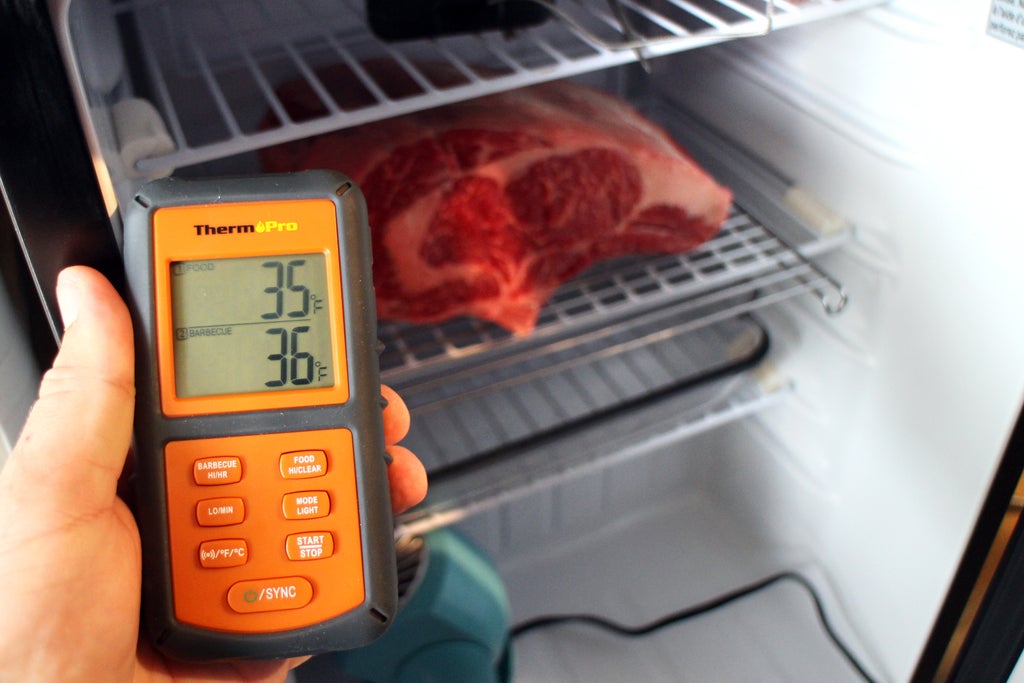
Temperature is critical when aging beef. If your fridge doesn't get cold enough, bacteria can grow and ruin your meat, too cold and the meat can freeze. The ideal range is 32-39°F (0-4°C), which every refrigerator should have no problem handling. The best way to check this is with a thermometer. Don't trust whatever comes with the refrigeration unit - use a reliable handheld thermometer to give you accurate readings.
With the fan installed and the fridge racks spaced so there's room for both the beef and the drip dish underneath, set your fridge to the correct temperature and allow the appliance to acclimatize. The drip dish here will capture any beef drips that may escape over the first few days, and can also work as a water reservoir if you live in a very dry environment and need a little extra humidity. For my beef I found having extra water in the dish didn't make much of a difference with humidity, so I used it just as a drip catcher.
Step 3: Preparing the Rib
Depending on where you get your export rib, it may or may not be vacuum packed. Many wholesale butchers will portion the meat into large cuts, vacuum package them to remove the air, and then ship them all over the place in refrigerated trucks. Packaged this way, meat can last weeks if kept in a temperature controlled environment - in fact, this is essentially what wet aging is.
In this lesson I am using 8 lb. of export rib with the fat cap attached, and the rib and as many bones still in as possible (this will allow you the most to work with). The fat cap is critical as it will serve as a blanket over the top part of the meat, protecting the meaty parts underneath during the aging. The fat cap and bones will be trimmed off later, after aging.
For dry aging, we'll need to remove the rib from it's packaging and prepare the surface. Remove the beef from the packaging and rinse under cool water until clean, then pat dry. Although the beef has been hermetically sealed in a (hopefully) sterile environment, applying a salty brine solution to the outside of the beef will help in preventing surface bacteria from growing while it's aging. Here's a simple brine:
- 1 gallon (3.5 liters) water
- 1 quart (1 liter) distilled white vinegar
- 1 cup (85 grams) salt
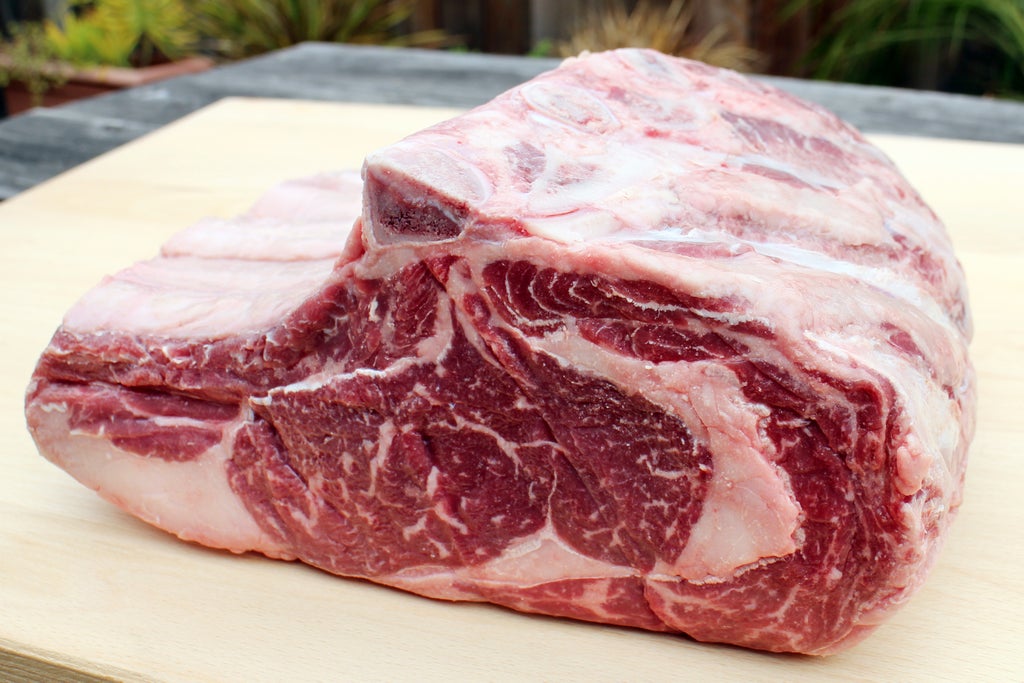
Brush the brine liberally to beef ensuring complete coverage, alternatively you can submerge it in the brine if you have enough. The goal is to apply a coating to help cleanse the beef in preparation for aging, not tenderize it in the brine. After applying brine, pat dry with paper towel and place on a clean cutting board.
Your beef is now ready for the fridge, so make sure you have clean hands and that no flies land on it while it's exposed. Flies can lay eggs on raw beef which turn into maggots when they hatch, so keep your beef protected from the moment it's out of the package to when you seal it into the refrigerator.
When you're ready, transfer the beef into the refrigerator and let sit for a few weeks.
Step 4: 45 Day Wait (or More!)
The most important factor for the enzymes to break down the meat is time.
Once in the fridge aging the beef needs at least 45 days for there to be a substantial change in the texture and taste. During this time the beef will lose moisture through evaporation and the weight can be as much as 30% lighter.
After about a week you'll start to notice the surface texture looking dark and feeling tough to the touch. Examine the beef for signs of mold or any other grossly unattractive areas. Dry aged beef will have a funky smell, but if done correctly should not be rotten and definitely won't have much (ideally any) surface mold. If you do have surface mold check your humidity and temperature levels to ensure that your environment isn't too moist or warm. Cutting away mold so it doesn't spread is the best course of action, but you're losing product and exposing new beef to air now and will need time to form a dark husk like the rest of the cut. Best to check on your rib every few days at the beginning to ensure it's looking good, then peeking in periodically until the 45 day mark.
After 2-3 weeks the exterior will be a dark, bark-like crust around the entire cut, some areas will be shriveled up and weird looking.

6 weeks in, your beef will have a hard exterior and be a very dark color. You should be able to push on the meat and feel the insides give a little, this is good. There should be minimal (or no) surface mold. The smell should be horrendous - this is good!

After 45 days the enzymes have had enough time to make a noticeable change in the texture and taste of the meat. If you have more time you can keep aging up to 60 days. Because my rib cut of beef was small I decided to halt the aging here and begin trimming.
Step 5: Trimming
Now that you've got this funky slab of meat, it's time to trim off the gross exterior and reveal the pristine insides.
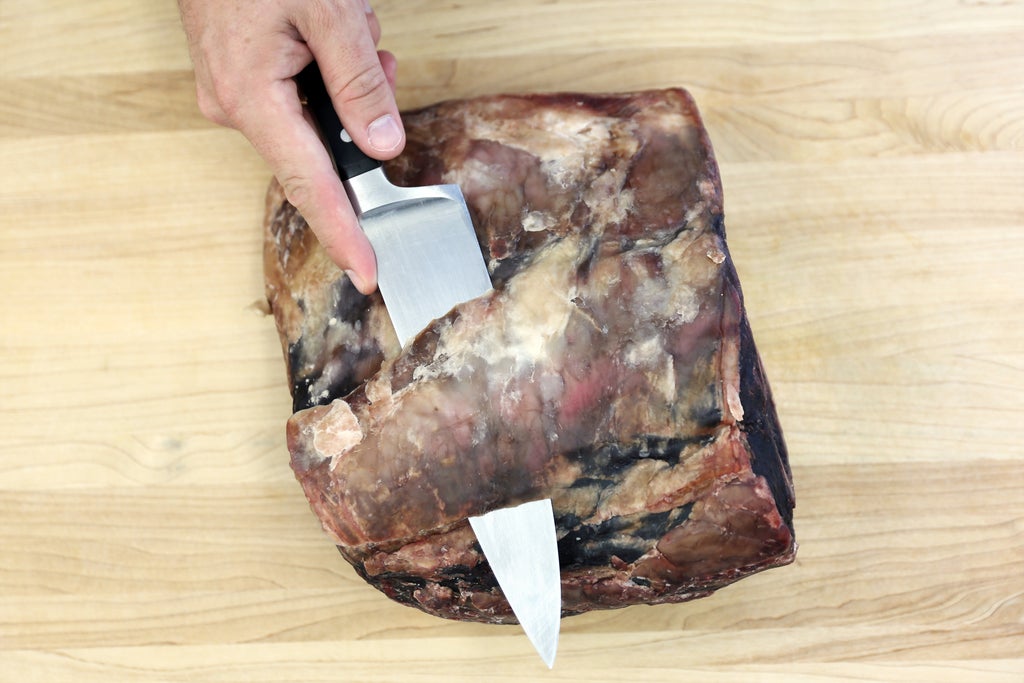
It doesn't matter where you start, as you'll see a clear difference in texture and color when trimming off the bark and seeing the pink interior coming through. The fat cap can mostly be removed, but a little fat left on is a good thing (provided it's not rotten).

Continue trimming around the beef, removing all hard bark and exposing the pink insides.

Flip the beef over and continue working on all sides until all the dark and hard exterior has been removed. If you're in doubt just carefully carve it off.
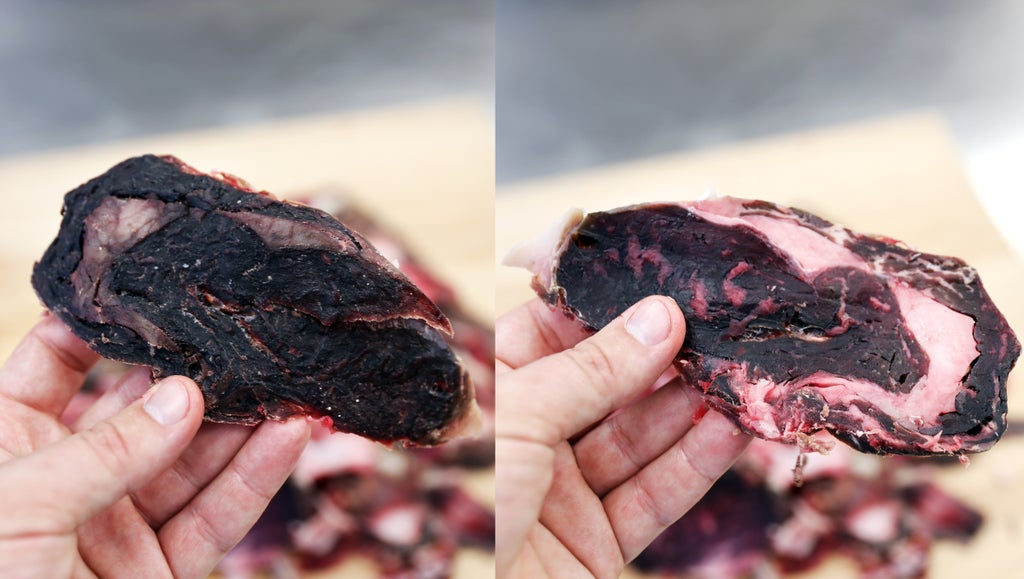
LEFT: End cap of beef showing the hard exterior. RIGHT: Reverse side of end cap showing some preservation.
There will be a lot of waste through trimming the beef, this is partly why it's such an expensive product. Removing meat results in less product than you originally paid for. The results are worth it though, trust me.
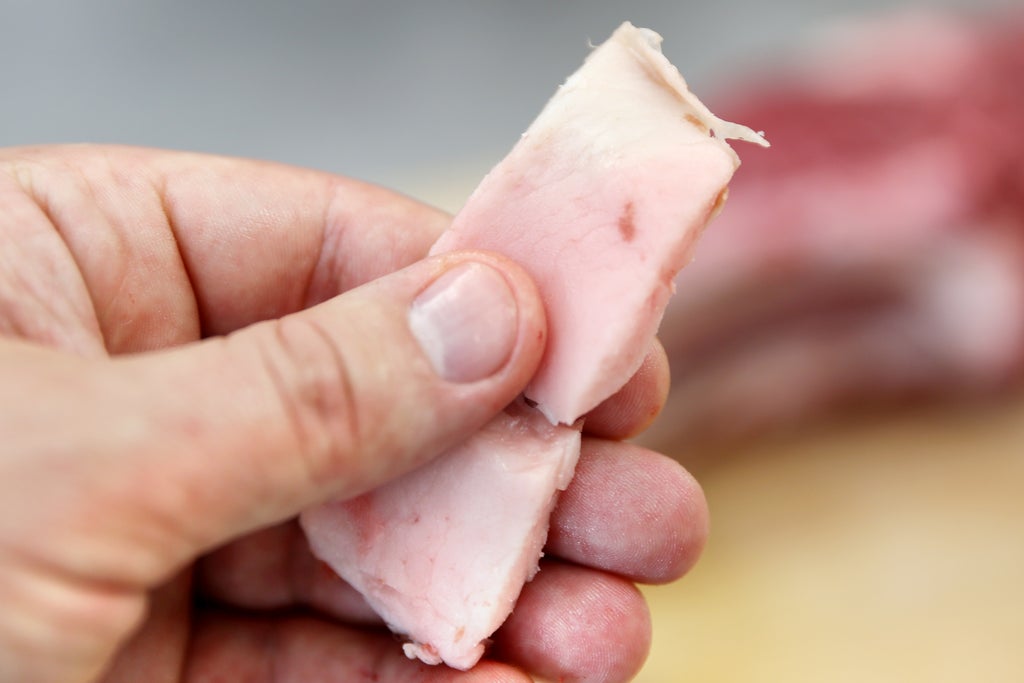
It's not just the meat that goes through a conversion during aging, the fat also loses moisture and becomes much harder with a very buttery feel.
Step 6: Post Trim Examination
After trimming the hard crust and all dark areas of the beef that are unsuitable for eating, it's a good time to take a step back and examine your results.
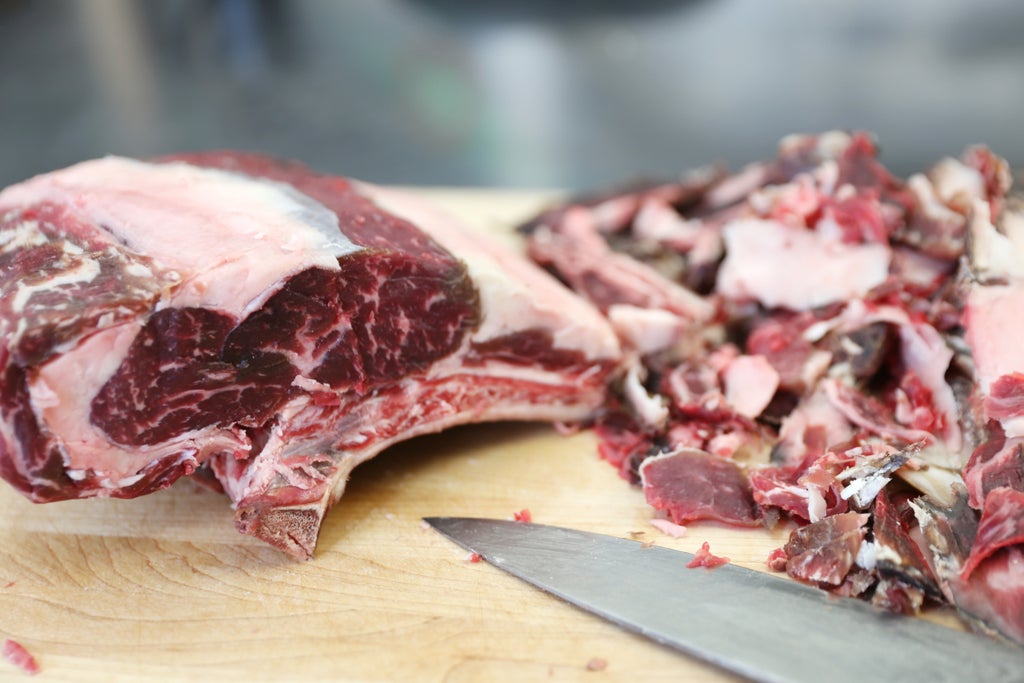
Take a look at your beef and decide how you're going to cut it into more manageable cuts. If you've got the bones still in then it's as easy as cutting between the bones, but take care as are chine bones that run latterly and will need to be removed first.
Step 7: Making Cuts
Breaking down a large section of rib like this is easy with bones in, since you just follow the length of the bone down to guide your cuts, resulting in large cuts that are best shared.
Before we can start chopping we'll need to remove the chine bone.
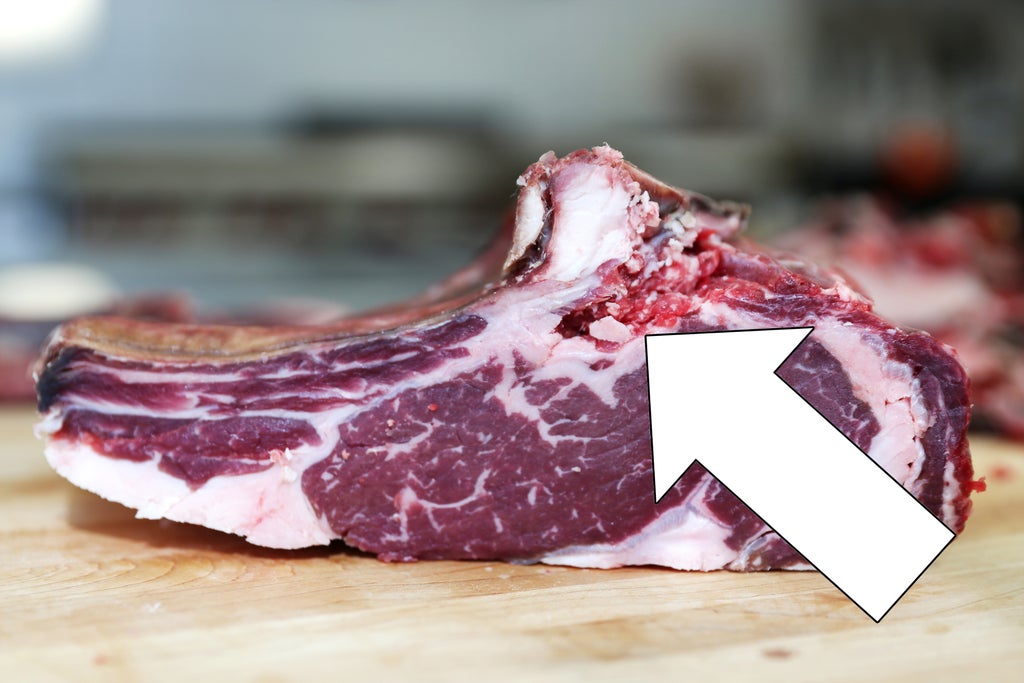
The picture above shows where the chine bone was removed. This bone can run deep inside the beef, so use a small paring knife to cut away any connective tissue then work the bone out. After, you can make cross cuts along the rib bone to make your steak cuts.
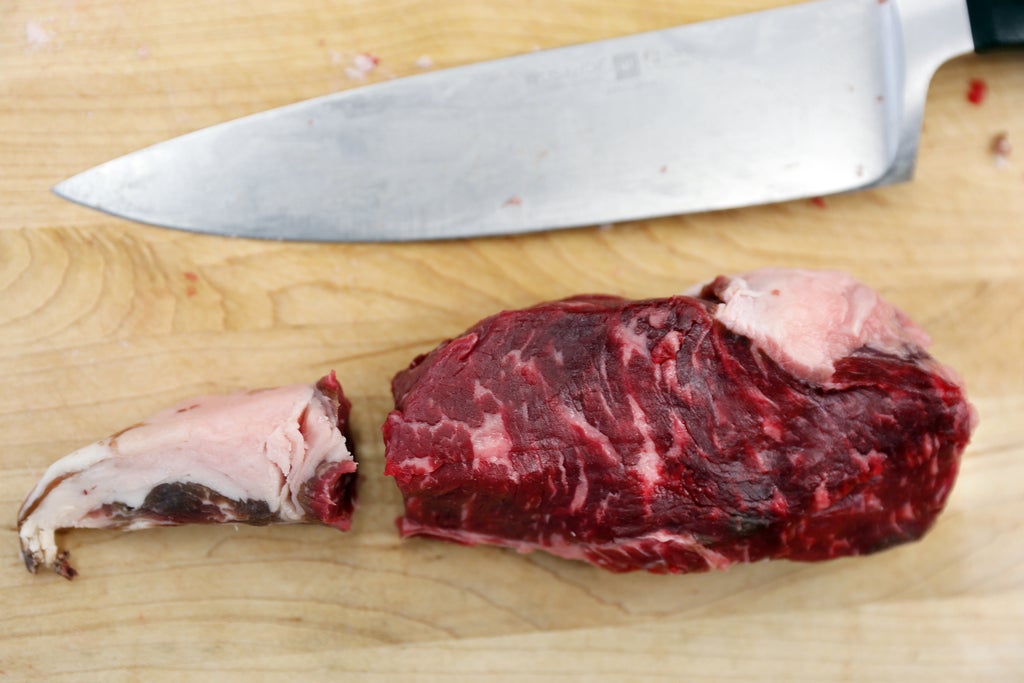
For any additional meat outside of the bones, or if you aged a cut that didn't have any ribs, make your cuts about an inch thick. Without the bone to support these cuts you can usually remove the fat tail from the steaks without missing much, but the top fat cap however should be left on for additional flavor.
Step 8:
The cuts made from aged beef are likely going to be large enough to feed two people. I find it's easier to prepare and cook a thicker cut of steak than to continue cutting into smaller portions.
These larger cuts are great for stove top cooking, or on the grill. Remember that with thicker cuts you'll need to allow for some additional cooking time, and don't forget your Instant-read thermometer to get the doneness you want.
You've now learned the art of aging beef in your own home, giving those high-end restaurants a run for their money. The process isn't hard, and you can continue to refine the process, dialing in your methods and achieve beefy perfection. Do you have any photos of aging beef at home? I want to see it! Share your results in the comments below.
Step 9: Taking the Next Steps
This class aimed to give you an appreciation for how deep the topic of butchery and meat preparation is, and ways you can approach working with beef in a simple to understand format. These foundational skills will start you on a very rewarding path that you'll hone and make your own over time. With these skills, you'll feel informed at the butcher and be able to identify and break down meats based on your desired meal, all with knowledge and confidence!
Now that you've got the basics down you're ready to tackle a few more areas on your own. How about trying your hand at charcoal instead of gas or electric? What about swapping beef for pork? There's really no end to what culinary creations you're capable of now that you know the basics!
Here's some other culinary cuts you might be interested in
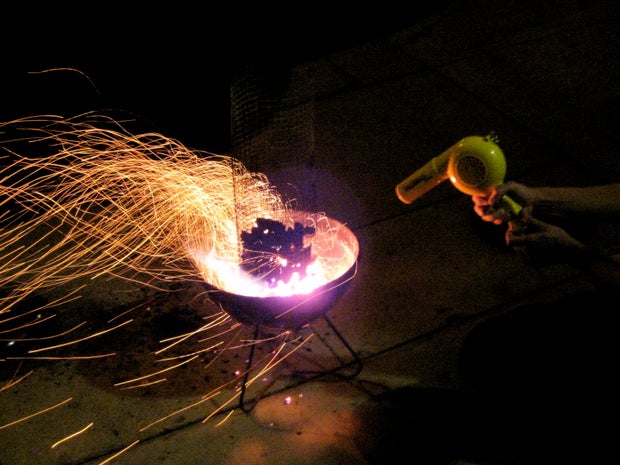
Best Way To Start Charcoal
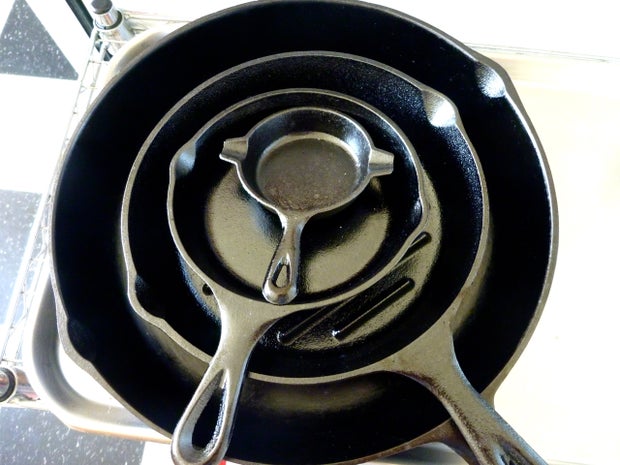
Season Cast Iron
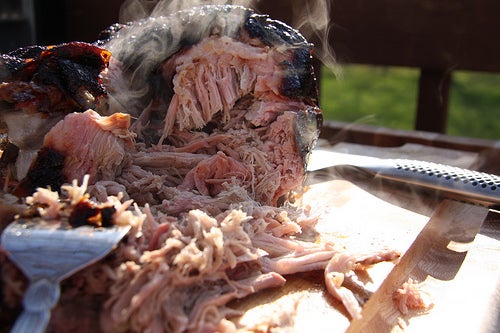
Best Pulled Pork
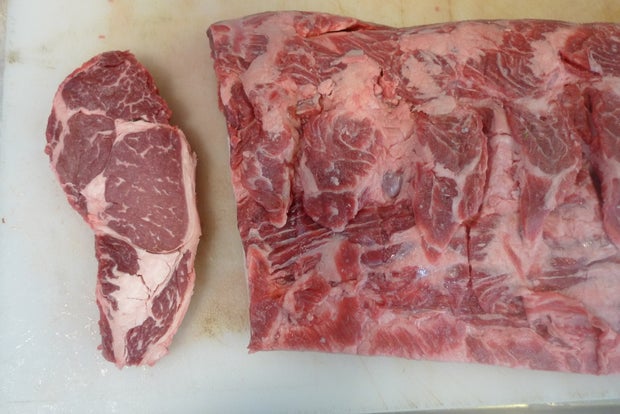
Simple Steak Slicing
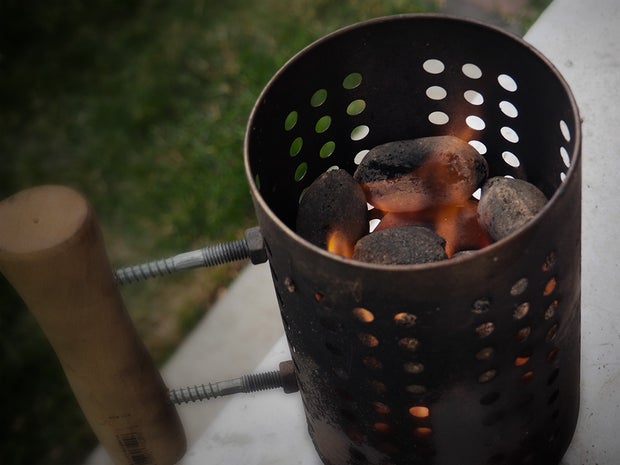
BBQ Chimney Starter
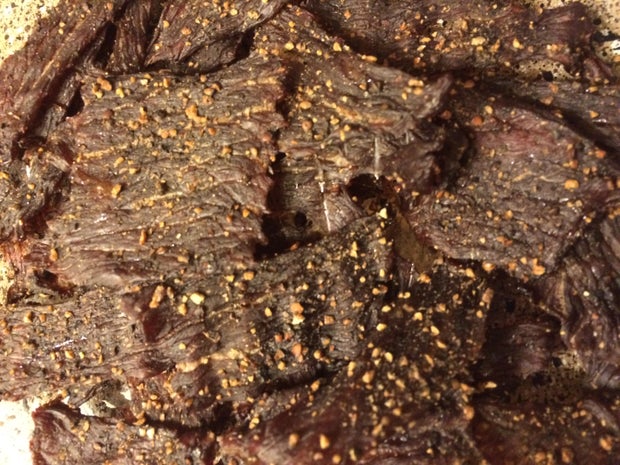
Easy Beef Jerky
5 People Made This Project!
Recommendations
westmagnstowiter1963.blogspot.com
Source: https://www.instructables.com/Aging-Beef/
0 Response to "Well Aging Beef in Refrigerator Should It Have an Odor"
Post a Comment